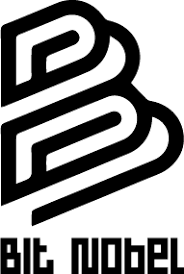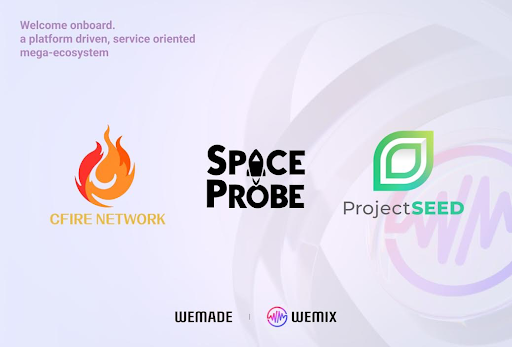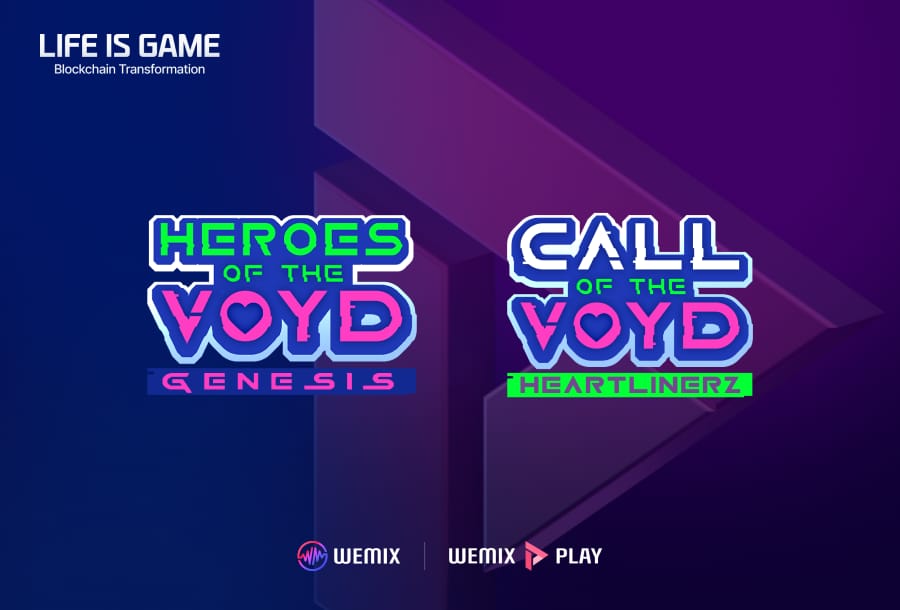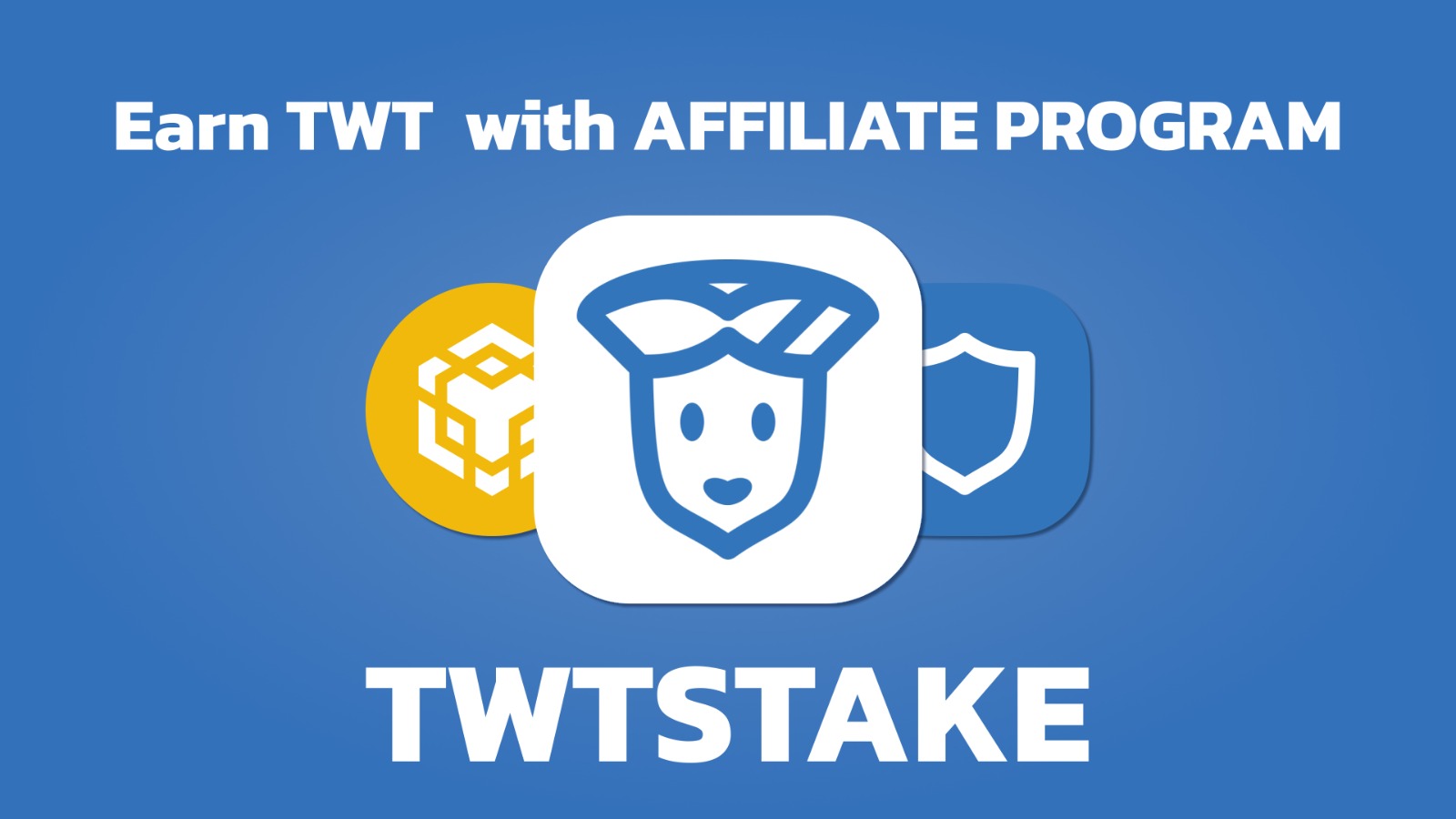In recent months, the blockchain ecosystem of Solana has experienced a significant surge in the market cap of stablecoins. This phenomenon, occurring in a context of renewed attention towards European regulations such as MiCA and the issues of Tether (USDT), highlights a crucial shift in the cryptocurrency sector. Let’s analyze the key factors behind this growth and the role of stablecoins in an increasingly competitive market.
The growth of stablecoins on Solana: numbers and dynamics
In January 2023, the market cap of stablecoin on Solana doubled its value, signaling renewed confidence in the blockchain. Among the main drivers of this growth are the performances of USD Coin (USDC) and other emerging stablecoin, which have consolidated their presence on the Solana network.
According to the reported data, the overall value of stablecoins on Solana has increased from about 200 million dollars to over 400 million dollars in just one month. This exponential growth has caught the attention of industry operators, especially at a time when other blockchains are facing significant challenges.
The MiCA effect and the problems of Tether (USDT)
An element that might have favored this growth is the European regulatory context, particularly the Markets in Crypto-Assets Regulation (MiCA). This regulation, which aims to establish greater transparency and control over criptovalute, has led many platforms and investors to review their strategies.
In parallel, Tether (USDT), one of the most used stablecoins in the world, has faced criticisms and concerns related to its transparency and underlying reserves. These issues have pushed users to diversify their choices, favoring more transparent alternatives like USDC, which enjoys greater trust among institutional investors.
Solana: a blockchain recovering after the collapse of FTX
Despite the difficulties encountered in 2022, Solana is demonstrating an impressive recovery capability. Its scalable infrastructure and low transaction fees make it an attractive option for stablecoins, especially in a context of growing adoption.
The Solana network has also benefited from the success of innovative projects and an expanding user base. This has led to an increase in transaction volumes and greater liquidity for the stablecoins present on the platform.
Stablecoin and memecoin: a complex equilibrium
Another interesting aspect of the growth of stablecoins on Solana is their relationship with memecoin, a phenomenon that continues to capture the attention of retail investors. Although memecoin have contributed to increasing activity on the blockchain, stablecoins represent a safer and more stable choice for those looking to mitigate the risks of volatility.
In particular, USDC has strengthened its dominant position on Solana thanks to its reputation for transparency and close collaboration with Circle, the issuing company. This has allowed USDC to gain ground even in markets traditionally dominated by Tether.
The role of stablecoin in the Solana ecosystem
Stablecoins are not only payment instruments, but also fundamental for decentralized finance (DeFi). On Solana, these digital coins are used in a wide range of applications, from lending protocols to decentralized exchanges.
Their growing adoption underscores the importance of a blockchain infrastructure that can support fast and economical transactions. Solana, with its high throughput and low fees, positions itself as one of the most suitable platforms to meet these needs.
Prospects and future challenges
Despite the recent successes, the future of stablecoin on Solana will depend on several factors. Among these, the ability of the network to maintain its scalability and security, the evolution of global regulations, and the competition with other blockchains.
Furthermore, it will be essential to monitor how the issues of Tether and the implementation of MiCA will affect market dynamics. The institutional adoption of stablecoins on Solana could represent an additional catalyst for growth, but it will require continuous attention to transparency and regulatory compliance.
Conclusions
The increase in the market cap of stablecoins on Solana represents a positive signal for the entire blockchain ecosystem. In a context characterized by regulatory uncertainties and competitive challenges, Solana is emerging as a resilient and innovative platform.
Stablecoins, thanks to their stability and versatility, will continue to play a crucial role in the expansion of DeFi and the adoption of cryptocurrencies. However, their success will depend on the ability of blockchains to adapt to an ever-evolving landscape, maintaining the trust of users and investors.







